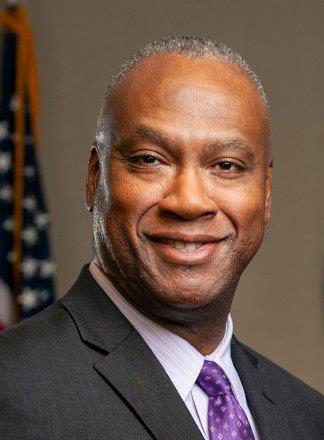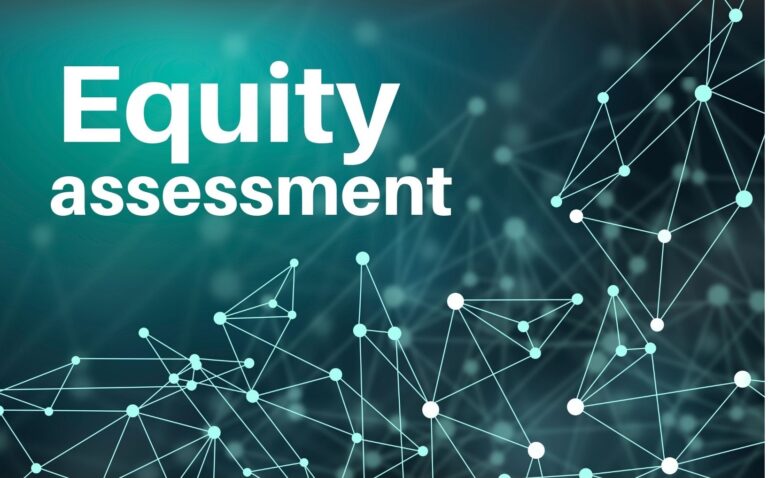Three years after the inception of the City’s Office of Equity and Inclusion,
an internal assessment looks at the work conducted by the department
and opportunities for improvement.
At their March 9 meeting, Internal Auditor Patricia Rosenberg presented the Equity and Inclusion Assessment findings to Asheville City Council.
The assessment began as a request from Black AVL Demands, City Council and the broader community in the interest of transparency, accountability and advancing racial equity in Asheville, and provides a comprehensive overview for the community about equity and inclusion initiatives happening at the City of Asheville.
The Office of Equity and Inclusion was established in fiscal year 2017-2018 as a result of the City Council’s goal of an inclusive, diverse community. Many of the office’s initiatives have been informed by training and best practices from the Government Alliance on Race and Equity (GARE), of which the City of Asheville is a member. This includes deployment of the City’s Equity Core Teams and its use of the Racial Equity Toolkit.
The first initiative was the creation of Equity Core Teams with representatives from most City departments to serve as ambassadors for equity in their departments. According to the assessment, the Equity Core Teams have been instrumental in creating guidelines in embedding equity and inclusion throughout the City through the development of the Equity Action Plan and Equity Budget Tool.
The assessment also noted the City’s use of the GARE Racial Equity Toolkit to incorporate equity into decision making at all levels of the organization. Employees who have used the Racial Equity Toolkit have noted its demonstrable influence in shaping policies and decisions for the City to embrace what is most impactful for Black, Indigenous, and People of Color communities in Asheville (BIPOC). It has been used for the affordable housing land disposition policy, noise ordinance revisions (still in progress), and the Urban Centers initiative, to name a few.
Another advance noted in the report was the City’s adoption of a Business Inclusion Policy, effective January 1, 2021. This policy moves the City from race- and gender-neutral orientation to a race- and gender-conscious one when making contracting and procurement decisions which means being intentional about the use of BIPOC businesses in the procurement of goods and services.
Also of note, the City this year is using Advancing Racial Equity as a focal lens in the 2021-2022 Operating Budget planning process.
The assessment also identified the following recommendations for improvement.:
- Developing an updated Equity Action Plan;
- Formally incorporating equity and inclusion into the budget process by using the Equity Budget Tool to guide budget decisions;
- Conducting centralized, collaborative community outreach;
- Building equity work into employee job responsibilities; and
- Including equity and inclusion in all departments’ work plans.

“Incorporating equity and inclusion into daily operations is a process. We will continue to build capacity to expand this work through more policy analysis, training, and practice,” said Assistant City Manager Richard White, who is serving as the Interim Equity and Inclusion Director.
“GIS mapping through an equity lens is now used to help prioritize equity for sustainability, road resurfacing, and neighborhood sidewalk prioritization. In addition to the budget process, these are other examples of how equity and inclusion are being embedded to better serve our entire community.”
